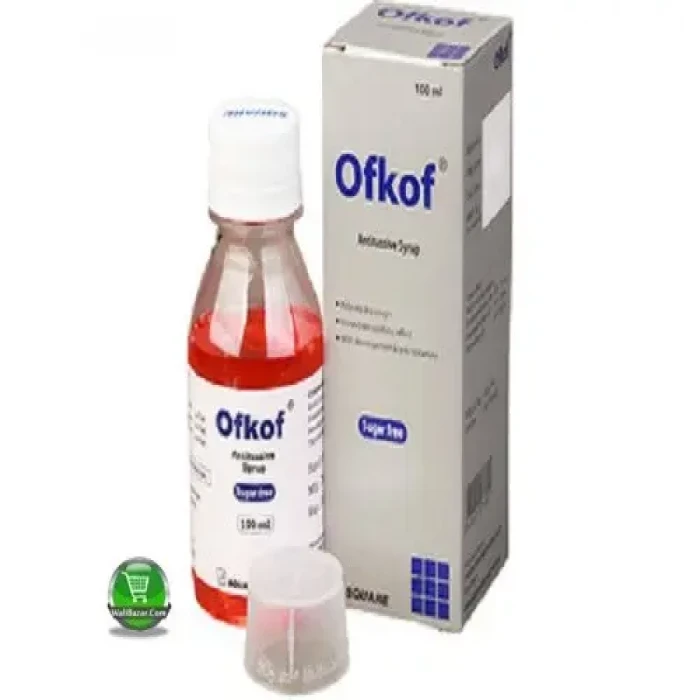

Besigen Ophthalmic Suspension 5 ml drop, Besifloxacin 0.6%
Inhouse product
-
৳11.40
৳12.00 -
৳42.75
৳45.00 -
৳16.63
৳17.50 -
৳2.14
৳2.25
Reviews & Ratings
Indications
Besigen ophthalmic
suspension is indicated for the treatment of bacterial conjunctivitis caused by
susceptible isolates of the following bacteria:
- Corynebacterium
pseudodiphtheriticum
- Corynebacterium striatum
- Haemophilus influenzae
- Moraxella lacunata
- Staphylococcus aureus
- Staphylococcus epidermidis
- Staphylococcus hominis
- Staphylococcus lugdunensis
- Streptococcus mitis group
- Streptococcus oralis
- Streptococcus pneumoniae
- Streptococcus salivarius
Efficacy for this
organism was studied in fewer than 10 infections.
* রেজিস্টার্ড চিকিৎসকের পরামর্শ মোতাবেক ঔষধ সেবন করুন'
Pharmacology
Besifloxacin is an
8-chloro fluoroquinolone with an N-1 cydopropyl group. The compound has
activity against Gram-positive and Gram-negative bacteria due to the inhibition
of both bacterial DNA gyrase and topoisomerase IV. DNA gyrase is an essential
enzyme required for replication, transcription and repair of bacterial DNA.
Topoisomerase IV is an essential enzyme required for partitioning of the
chromosomal DNA during bacterial cell division.
Plasma concentrations of Besifloxacin were measured in adult patients with
suspected bacterial conjunctivitis who received Besifloxacin bilaterally three
times a day (16 doses total). Following the first and last dose, the maximum
plasma Besifloxacin concentration in each patient was less than 1.3 ng/ml. The
mean Besifloxacin C max was 0.37 ng/ml on day 1 and 0.43 ng/ml on day 6. The
average elimination half-life of Besifloxacin in plasma following multiple
dosing was estimated to be 7 hours.
Dosage & Administration
Adults and children (1
year of age and older):
Instill one drop in the affected eye(s) 3 times a day for 7 days.
Pediatric Use: The safety and effectiveness of Besifloxacin
in infants below one year of age have not been established. The efficacy of
Besifloxacin in treating bacterial conjunctivitis in pediatric patients one
year or older has been demonstrated in controlled clinical trials.
Geriatric Use: No overall differences in safety and
effectiveness have been observed between elderly and younger patients.
* রেজিস্টার্ড চিকিৎসকের পরামর্শ মোতাবেক ঔষধ সেবন করুন'
Interaction
No such information
found. Topical ophthalmic use only
Contraindications
Hypersensitivity to
the active ingredient or any component of this formulation.
Side Effects
The most frequently
reported ocular adverse event was conjunctival redness, reported in
approximately 2% of patients. Other adverse events reported in patients receiving
Besigen occurring in approximately 1-2% of patients included: blurred vision,
eye pain, eye irritation, eye pruritus and headache.
Pregnancy & Lactation
Pregnancy Category C.
No adequate and well-controlled studies are established in pregnant women.
Besifloxacin has not been measured in human milk, although it can be presumed
to be excreted in human milk. Caution should be exercised when Besifloxacin administered
to a nursing mother.
Precautions & Warnings
Besigen is for topical
ophthalmic use only and should not be injected subconjunctivally, nor should it
be introduced directly into the anterior chamber of the eye. As with other
anti-infectives, prolonged use may result in overgrowth of non-susceptible
organisms, including fungi. If superinfection occurs, discontinue use and
institute alternative therapy. To prevent contamination do not touch the tip of
the dropper to eye, eyelid or any surface of the affected eye. Patients should
not wear contact lenses during the course of therapy with Besigen. Shake well
before use.
Therapeutic Class
Ophthalmic
antibacterial drugs
Storage Conditions
Store at room
temperature, protect from light and moisture. It is desirable that the contents
should not be used more than one month after first opening of the bottle. Shake
well before use.
Frequently Bought Products
Antista Syrup, Chlorpheniramine Maleate 2 mg/5 ml, 100ml
Dactus Tablet, Glimepiride 3 mg
Emjard Tablet, Empagliflozin 25 mg
Imaceva Tablet, Imatinib Mesylate 100 mg
Olmepres Tablet, Olmesartan Medoxomil 40 mg
Blast Oral Solution 60 ml bottle, Bilastine 12.5 mg/5 ml
Oxifun Cream 10gm, Oxiconazole Nitrate 1%
Product Queries (0)
Login Or Registerto submit your questions to seller
Other Questions
No none asked to seller yet
-
৳11.40
৳12.00 -
৳42.75
৳45.00 -
৳16.63
৳17.50 -
৳2.14
৳2.25

















